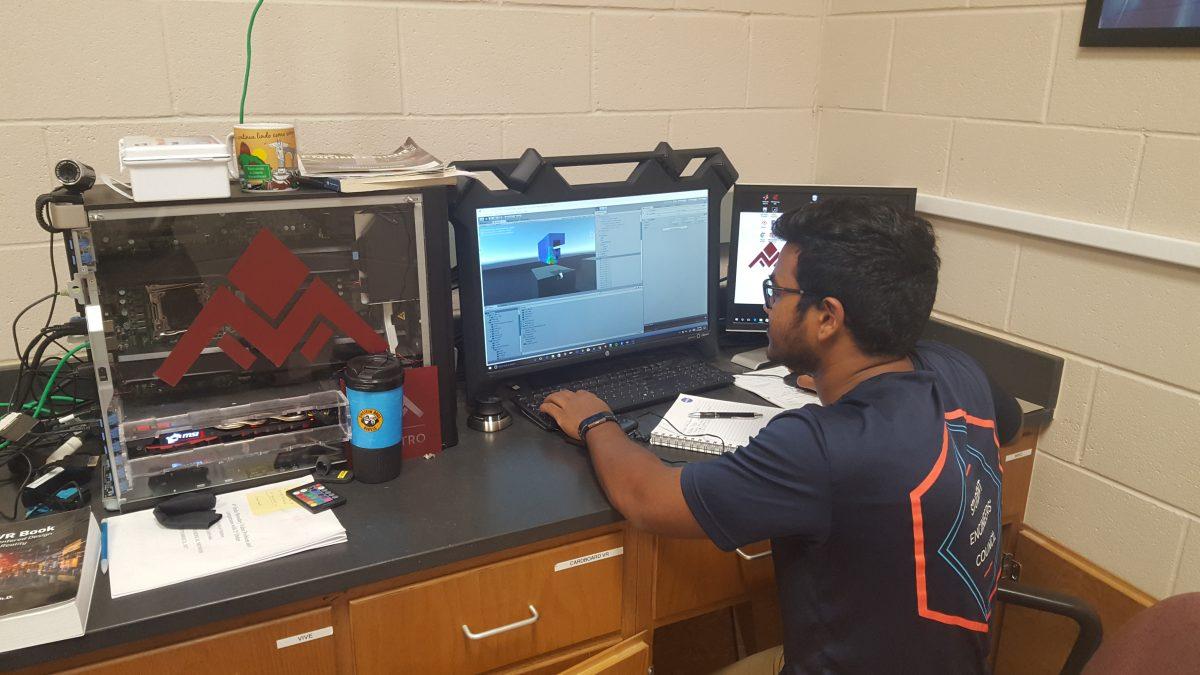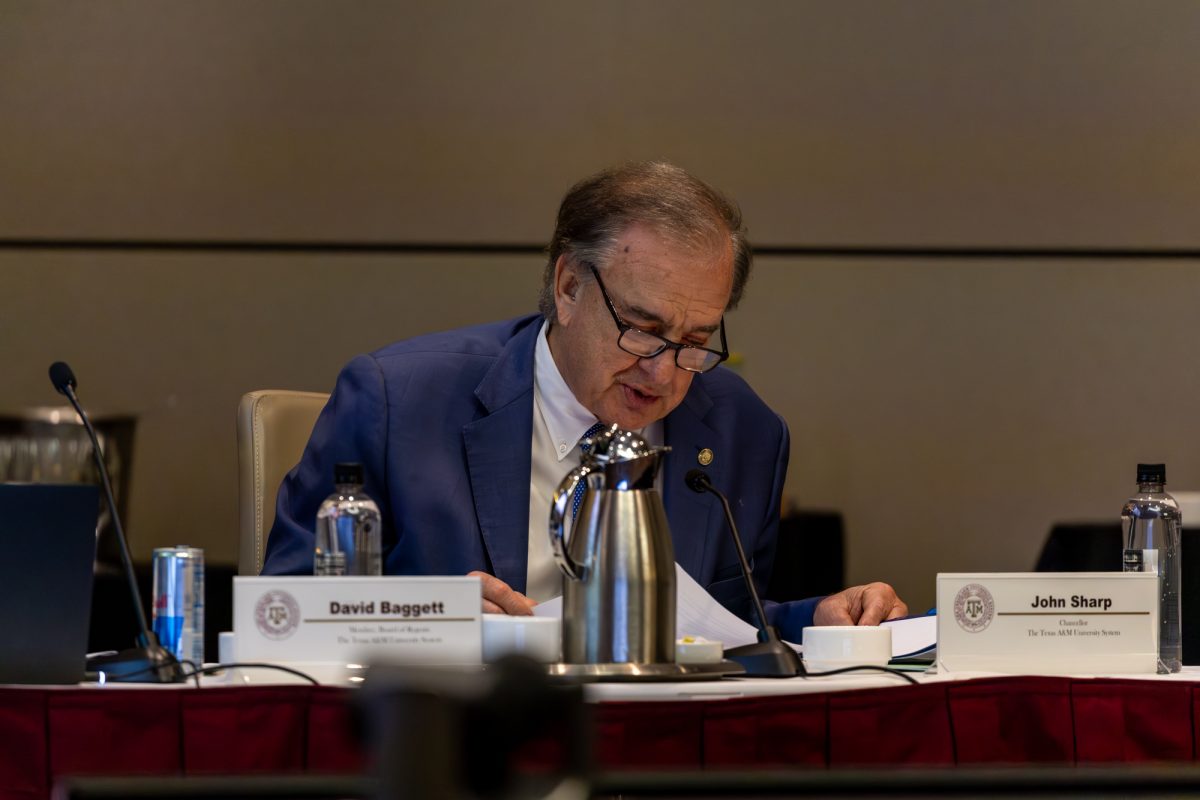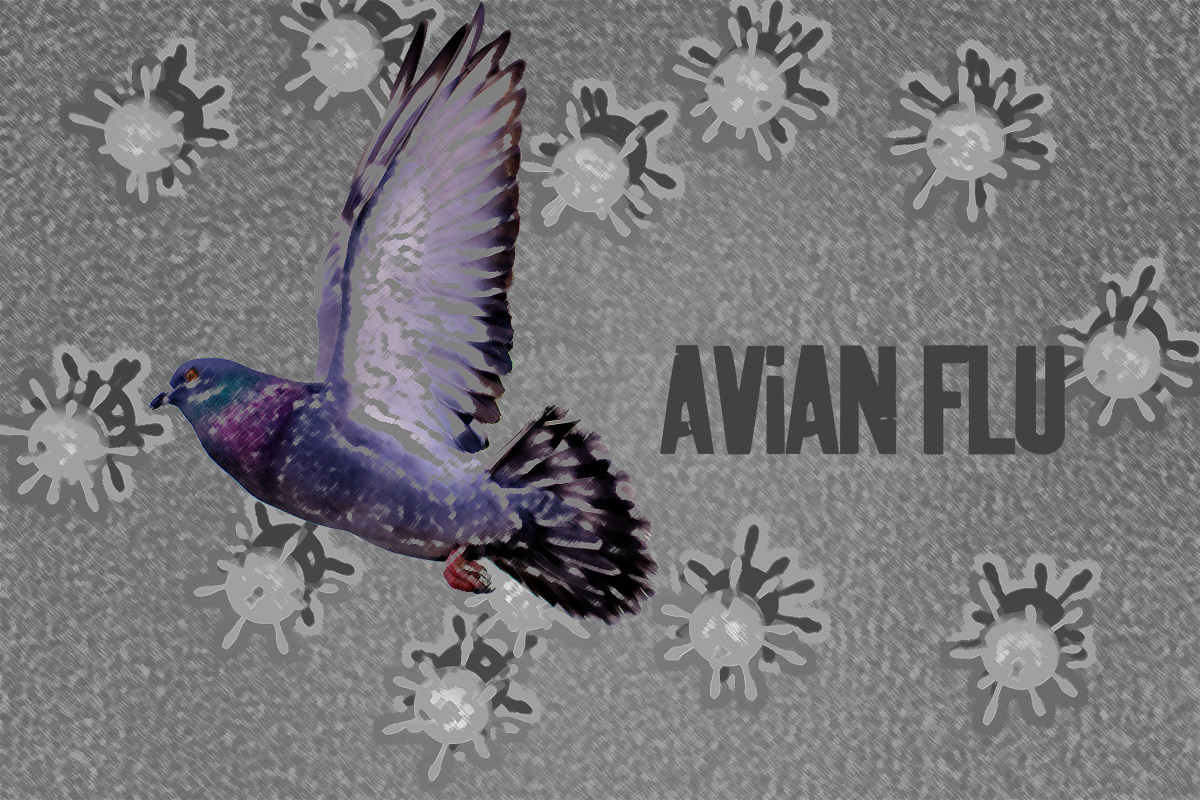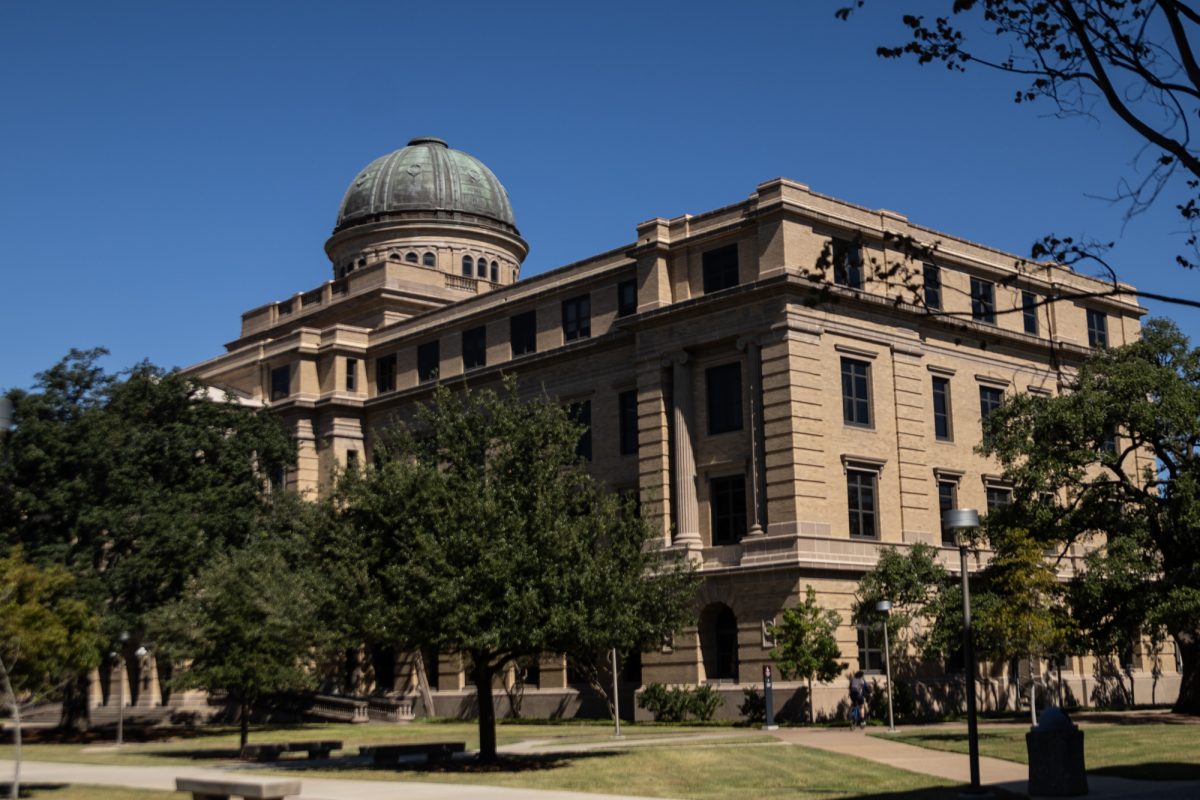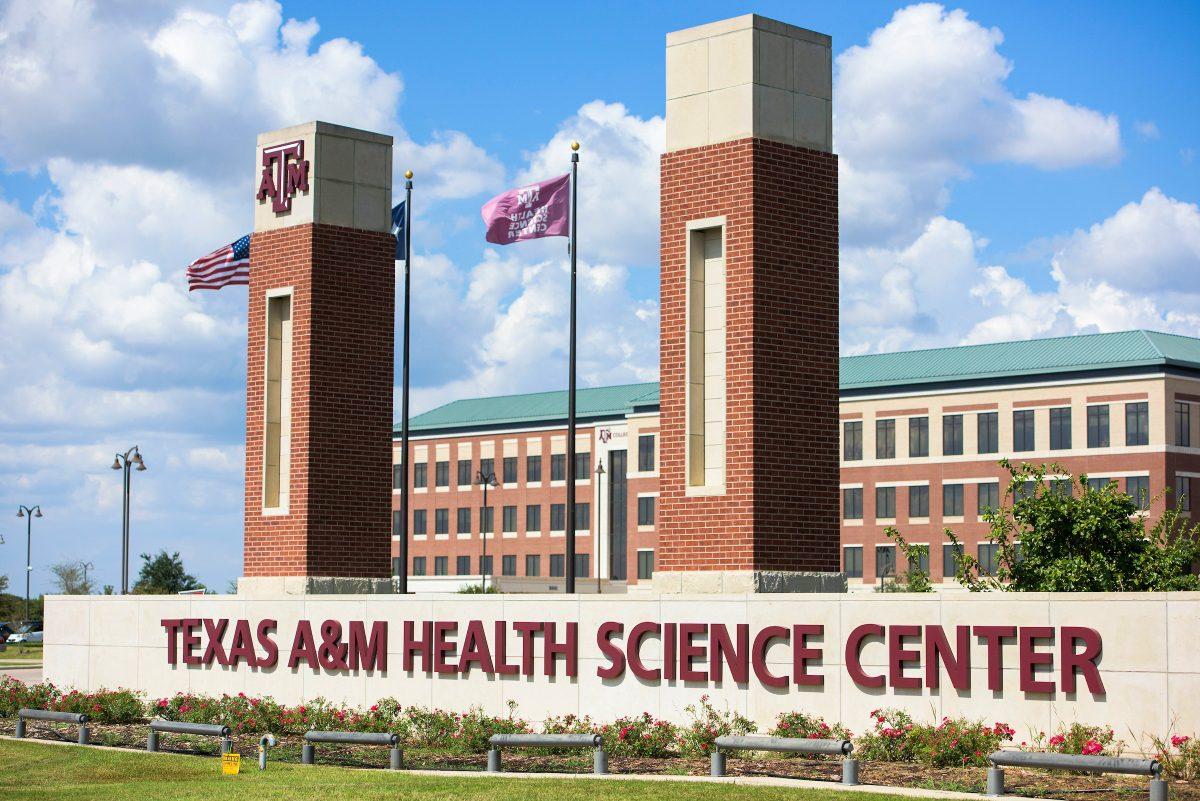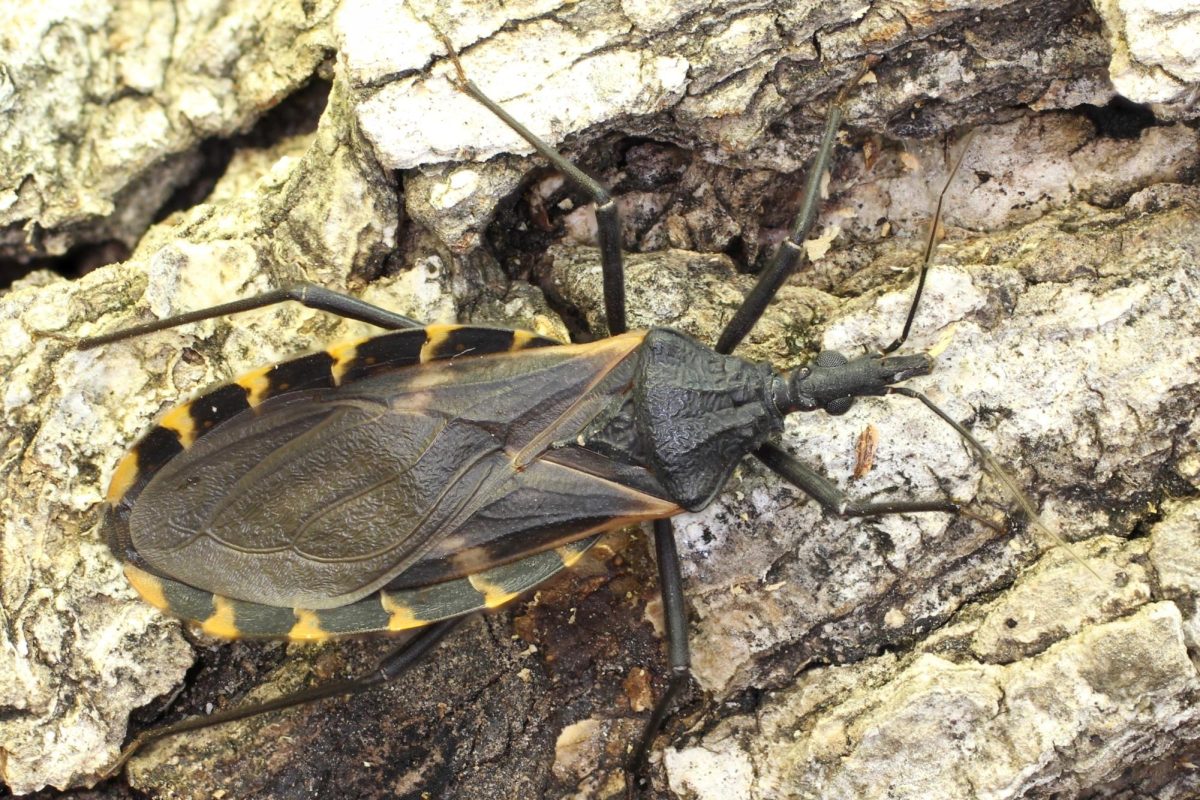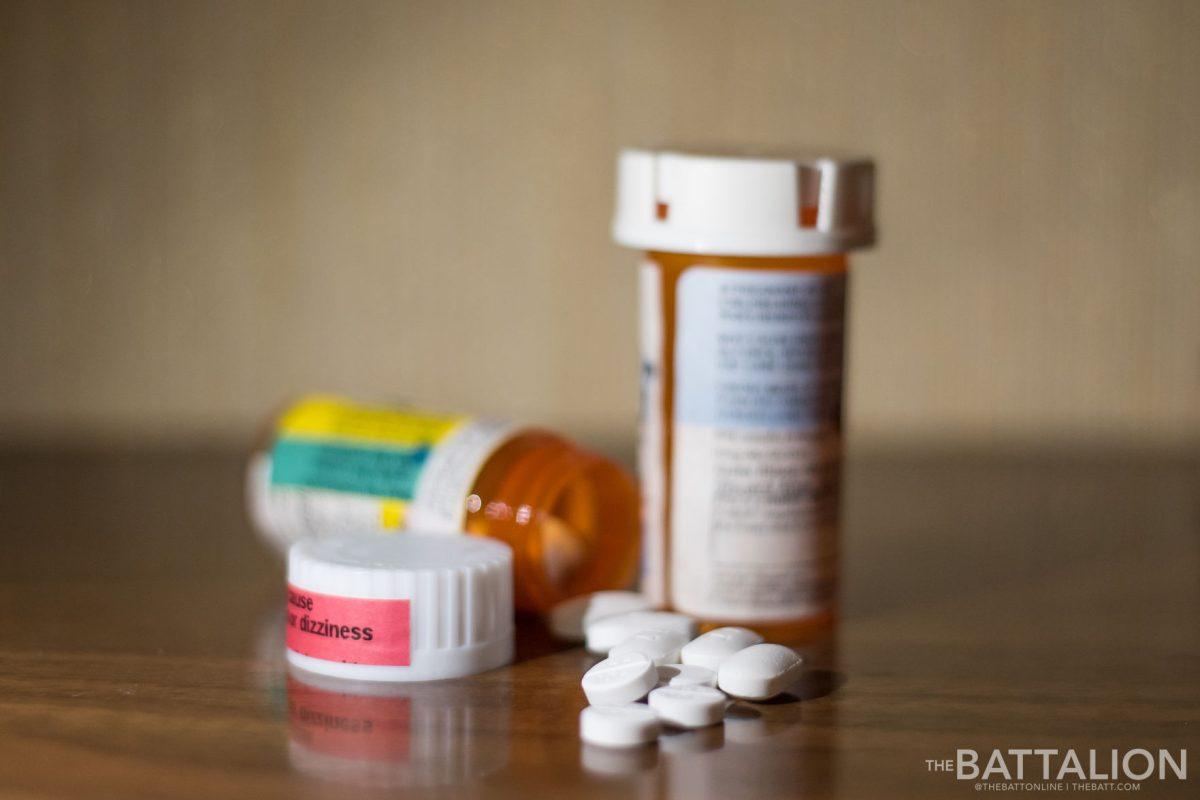Virtual reality (VR) and augmented reality (AR) have been proposed as educational tools for some time, but Darren Hartl, aerospace engineering professor, and Michayal Mathew, a senior in aerospace engineering, have actually been implementing the technology in their departments.
Working from the Multifunctional Material and Aerospace Structures Optimization (MAESTRO) Lab, Hartl and Mathew have pioneered VR as a viable tool for inspecting 3-D models imported from programs like Solidworks and Abaqus.
According to Mathew, VR allows the user to walk around the object in question and to view it from new perspectives that a regular computer screen or lecture hall whiteboard doesn’t.
“It’s hard to visualize the whole object on a whiteboard,” Mathew said. “You just can’t draw 3-D objects.”
According to Mathew, that is the most distinct advantage of using VR as a learning tool — it allows an instructor to walk around an object, describing its properties from various angles as needed, as opposed to relying on limited 2-D drawings.
Mathew said VR learning could also aid students who have to miss class and learn the material later.
“The beauty of this is that whatever the professor has done is being recorded,” Mathew said. “Students will be able to replay that lesson over again like they were in the classroom the first time.”
VR has also made an impact outside of A&M classrooms. Earlier this year, students at Granbury High School in Granbury, Texas competed in the F1 in Schools competition, an international STEM competition where teams of students model F1 cars in CAD software. The students used physical and computational testing to streamline their design, but to try to improve it further they looked to A&M for help.
Nathan Tichenor, aerospace engineering assistant professor, worked with the students on improving the aerodynamic qualities of their car.
“It was used as a way of interacting back to the high school students there in the classroom, providing our aerodynamics background and providing some ideas, some suggestions on how to optimize the design,” Tichenor said.
Tichenor said that as he walked around the students’ car in VR, he was able to draw in 3-D space how air would flow around it, showing the students how their design could be improved without ever having to travel to Granbury himself.
“They were able to see what I was doing in real time, visually, and we were able to communicate via the audio,” Tichenor said.
Tichenor said his experience shows how VR could be used to help instructors talk to their students remotely, and since that time, Mathew and Hartl have further advanced the technology.
In order to expose his students to VR, Hartl offered a VR presentation as an extra-credit option for his students in AERO-405, a structural design course for seniors in the department.
The students modeled the stresses on different objects in Abaqus, then presented these models in MAESTRO Lab’s VR environment — following their presentations, many of the students said they were impressed with how much more complete their understanding of the model was after walking around it in VR.
A&M professor aims to further VR in classrooms
December 10, 2017
Photo by Photo by Alex Sein
Aerospace engineering senior Michayal Matthew demonstrates the software behind MAESTRO Lab’s VR simulations.
0
Donate to The Battalion
$1015
$5000
Contributed
Our Goal
Your donation will support the student journalists of Texas A&M University - College Station. Your contribution will allow us to purchase equipment and cover our annual website hosting costs, in addition to paying freelance staffers for their work, travel costs for coverage and more!
More to Discover




